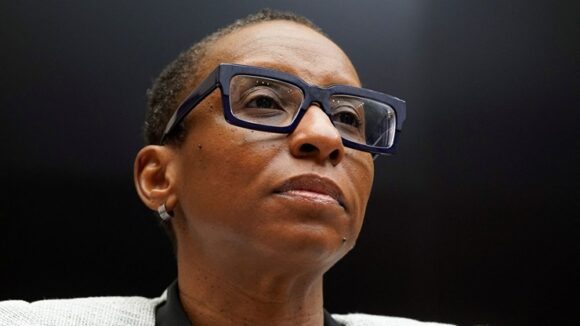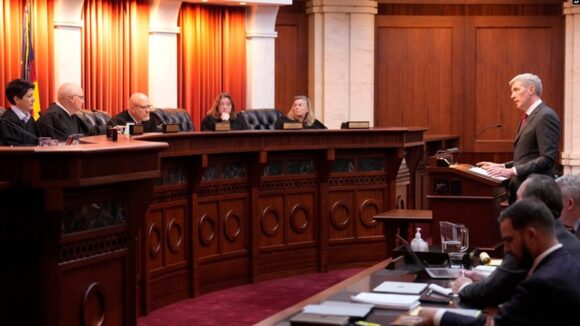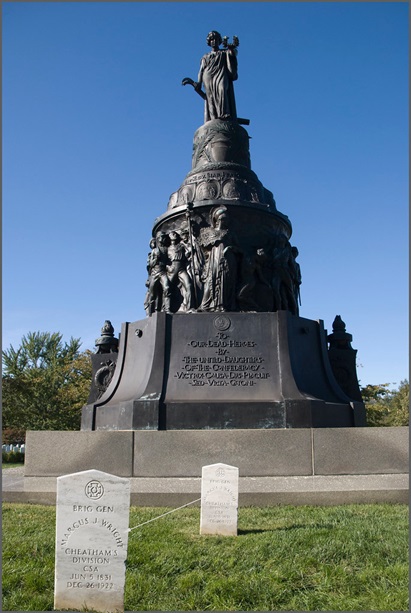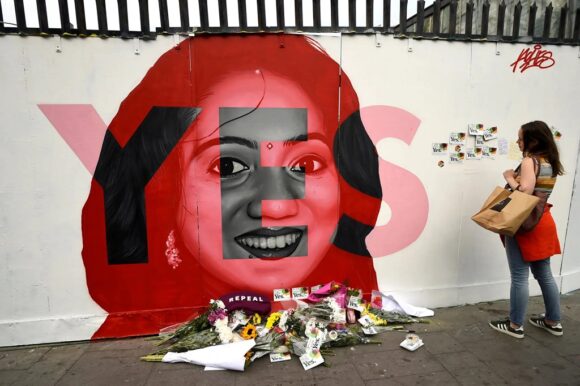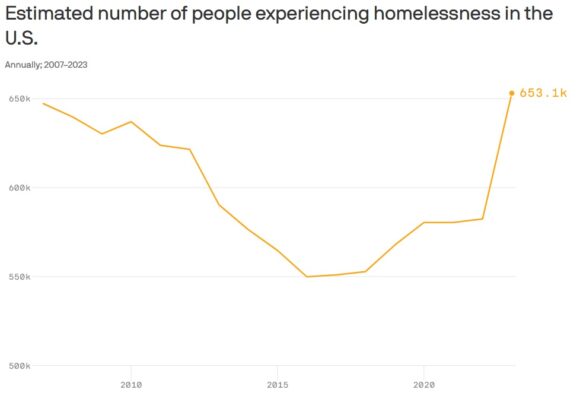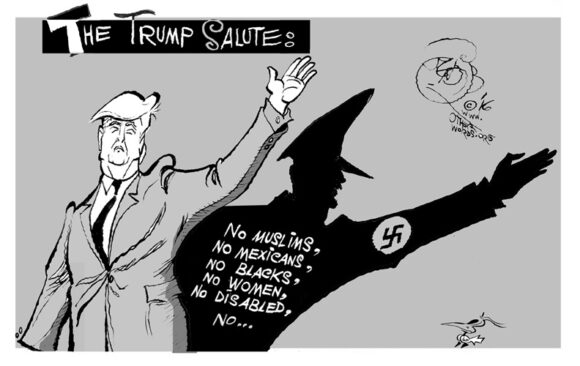Dear Commons Community,
In the past two and half months, Harvard University President Claudine Gay has faced an onslaught of backlash from donors, politicians and business leaders over concerns of antisemitism at the nation’s oldest higher education institution.
Harvard President Claudine Gay is facing intensifying pressure as the drip, drip, drip of plagiarism allegations gradually spills out. Yet Gay still has the backing of a crucial decisionmaker: her employer.
That support has not wavered, at least publicly, even as Harvard revealed yesterday that Gay requested new corrections on her 1997 dissertation. Those corrections are on top of ones Gay already requested on scholarly articles in 2001 and 2017.
Congress is also cranking up the pressure, with a House panel announcing it is probing Harvard’s “handling of credible allegations of plagiarism” by Gay over a 24-year period.
A university spokesperson said that Harvard’s top governing board, and the members of a subcommittee formed to look into the matter, concluded that Gay’s “inadequate citations” are “regrettable” but do not amount to research misconduct that would be punishable under university policies.
All of this has only fueled Harvard’s critics and raised questions about where there’s a double standard at the university, with one set of rules for the students and another for the sitting president. But it’s also a reminder of how complex matters of plagiarism can be and how politicized the entire debate has become, starting with issues of antisemitism and morphing into the intricacies academic citation.
Plagiarism charges against Gay were first circulated by conservative activists and reported two weeks ago by the Washington Free Beacon, a conservative publication. A review by CNN, which published Wednesday, found Gay’s previous requested corrections did not address even clearer examples of plagiarism from her earlier academic work, including her dissertation.
What Harvard considers ‘research misconduct’
Harvard’s policy states that research misconduct includes “fabrication, falsification and plagiarism” and punishment can include suspension, leave without pay or even termination.
However, Harvard’s policy also states that misconduct does not include “honest error.” And the policy says that for misdeeds to be considered misconduct, it must meet three criteria:
1) There must be a “significant departure from accepted practices” within the research community
2) The misdeeds must have been done “intentionally, knowingly or recklessly”
3) The allegations must be “proven by preponderance of the evidence.”
In short, Harvard officials, following their review, have not found that Gay’s mistakes meet the threshold of misconduct.
Harvard’s student handbook also lays out the criteria for plagiarism, stating that quotations “must be placed properly within quotation marks and must be cited fully.”
“Students who, for whatever reason, submit work either not their own or without clear attribution to its sources will be subject to disciplinary action, up to and including requirement to withdraw from the College,” the student handbook says.
Additionally, students who break these rules “will not be permitted to submit a course evaluation of the course in which the infraction occurred.”
What is plagiarism?
It’s also worth noting that not all plagiarism is created equally – and Harvard has not used the word “plagiarism” to define Gay’s actions.
Plagiarism typically falls into two broad categories: Copying without attribution and the far more serious allegation of stealing someone’s ideas. The plagiarism uncovered in Gay’s work has solely focused on sloppy citations, not idea theft.
This distinction is not lost on Stephen Voss, one of the scholars whose 1996 paper Gay lifted one paragraph from almost verbatim for her 1997 dissertation.
Voss told CNN’s Em Steck that while Gay technically plagiarized him in two instances, he felt it was “inconsequential in a scholarly sense.”
“If Claudine had, you know, rushed into print or even to a conference, a paper that took an idea from me, then I might not have been able to get my work published ‘cause she scooped me,” Voss told CNN. “That would be quite serious, even though she might not have used a single word the same. Whereas this—where the wording is the same—it’s stuff that I was not relying on in any way.”
To be sure, other experts disagree, arguing the sentiment of the original author of a work that was plagiarized doesn’t matter.
Should Gay be punished?
All of this underscores how complex matters of plagiarism can be and why experts CNN spoke to were divided on what the punishment for Gay should be – or whether there should be one in the first place.
None of the experts called for Gay to be outright fired and they noted it’s very rare for academics or even students to be fired or expelled for plagiarism.
“I stand by the integrity of my scholarship. Throughout my career, I have worked to ensure my scholarship adheres to the highest academic standards,” Gay said in a statement earlier this month.
Of course, the way the plagiarism allegations have spilled out in a drip, drip, drip fashion have only intensified the pressure on Gay.
A Harvard spokesperson said Thursday that the university became aware on October 24 that the New York Post was pursuing a story on allegations of plagiarism against Gay. The university said it found out from a reporter who had forwarded “anonymous allegations, with no indication of the source of the allegations.”
Five days later, Gay asked the Harvard Corporation, the school’s top governing board, to look into the matter.
According to the Harvard spokesperson, a four-person subcommittee of the Harvard Corporation was then formed and officials decided the review should not go through the university or the Faculty of Arts and Sciences’ research integrity office “due to the potential for the appearance of a conflict of interest.”
Instead, on November 2 an independent panel of three experts was tapped to conduct the review and by December 9 that review’s findings were in the hands of the Harvard Corporation, according to the spokesperson.
However, the independent review did not include Gay’s PhD dissertation – even though that’s now the focus of her forthcoming corrections.
A Harvard spokesperson explained that the review only focused on Gay’s published works because at the time, that was the focus of the allegations.
Assuming all of the reporting above is correct, Gay plagiarized and should be held accountable!
Tony

